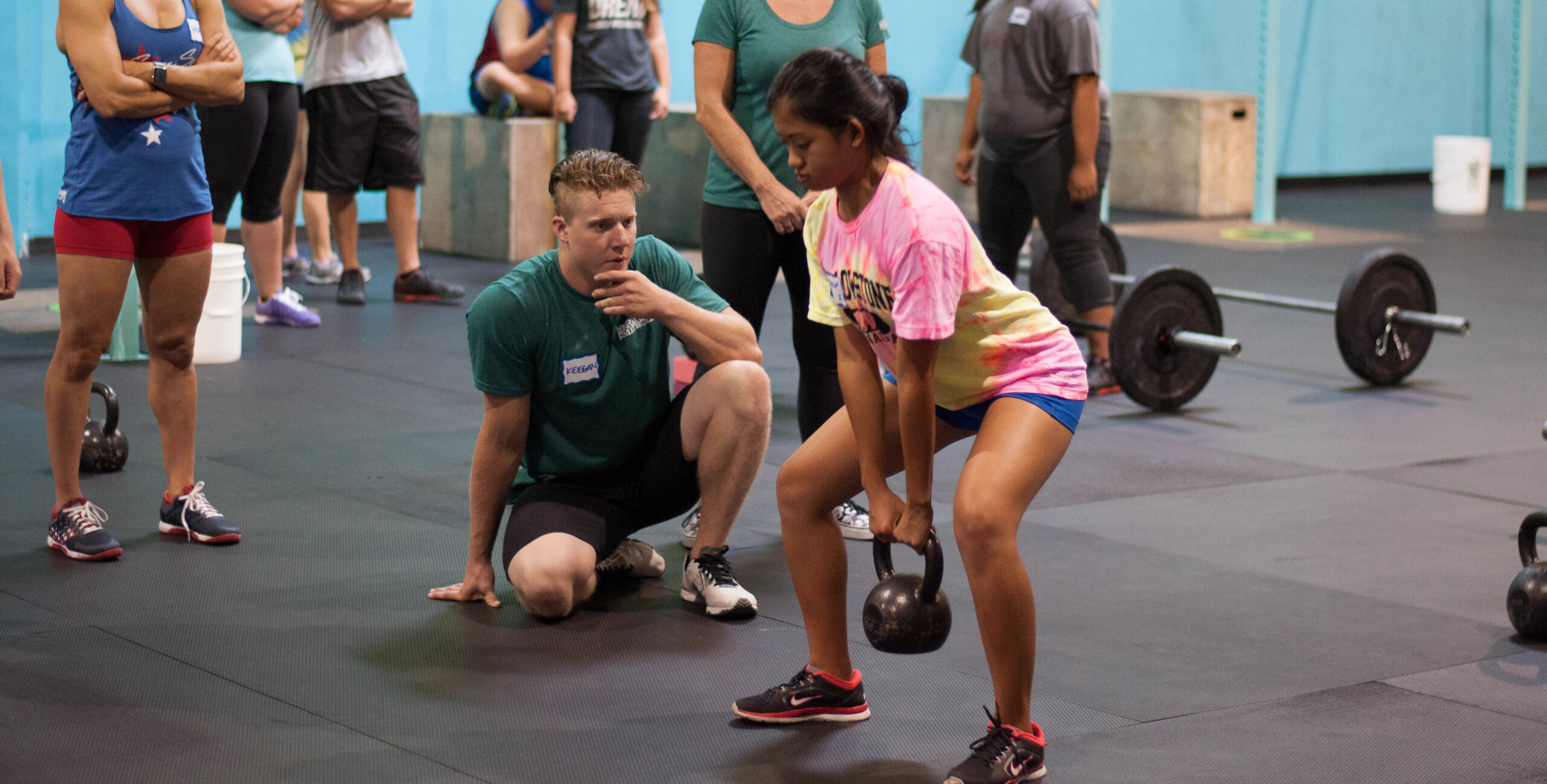Attaining Movement Fluency in Youth Part 2
From Movement Gaps™ to Movement Mastery
Mikki Lee Martin Part 2 of 2
May 21, 2021
Since true movement fluency is attained through progressive practice and eventual mastery of the language of human movement, how do we best guide youth
to respond effortlessly and efficiently to any movement problem presented?
You can see that providing kids and teens with movement problems to overcome in as many combinations as possible, while using
- Progressive & developmentally appropriate functional movement
- Leveraging best learning environments for youth- (peer group settings)
- With a primary focus on positional consistency,
and - Incorporating multiple aspects of physical literacy and play
Coaches have the opportunity to set youth up for a lifetime of confidence, competence and motivation in all physical endeavors.
In part one of this blog, we discussed this in the context of learning language, wherein we first build competence with letters, words, grammar, phrases, then sentences, paragraphs, increasing vocabulary and eventually fluency- over time.
Let’s add to the discussion, the framework of the Brand X® principle of Base-Build-Boost™.
- Teach Positions (movement alphabet) BASE
Brand X has created a tiered movement system, beginning with the pieces and parts that make up foundational positions that we call Movement Skills™. For instance, for young children and youth new to movement- we don’t go right to a full range of motion air squat, prior to teaching and consistently practicing then mastering a braced midline and spine (Strong Tree) relative foot ankle and knee position ( Footprint in the sand, Knee over ankle), and muscle engagement
(Muscles On) This method has the added benefit of pre-empting common challenges for the foundational movement and position. In the instance of the squat, we teach the blocked squat first, feet are pressed together, kept flat to the floor, toes pointed straight ahead, while knees bend as the hips move back, but ONLY so far as all positions are maintained as noted. This creates a pattern where future issues such as feet peeling up, knees tracking forward or valgus become much more rare. - Take the time to repeat and embed positional consistency (words in context) BASE
We repeat and practice these movement skills in a multitude of ways, allowing kids to find confidence and motivation as they practice and master each pattern, prior to increasing range of motion or considering load. Remember to encourage Free Play, both in the gym environment and at home. - Apply those positions to a broad variety of foundational movements (sentence building) BUILD
Kids and teens begin to recognize many of these movement skills apply to many different movements, and they begin to learn autonomy in where and how to apply what they have learned. They can now test and apply this new movement expression where appropriate. - Link movements together (phrasing, paragraphs) BOOST
After mastering Movement Skills™ and the associated foundational primal movement patterns, the linking of movements together becomes both more likely and creative. After all, confidence and resilience both support increased challenges and risk taking.
- Practice smooth linking of multiple movements in diverse contexts (create fluency) BOOST
At this stage we practice and encourage autonomy in creating movement combinations that flow together.
Following the mission to Do What is Best for Kids™ makes it easy to create and follow a plan for Optimal Youth Athletic Development and Create Movement Fluency, Join Us.
Book A Call to learn more

